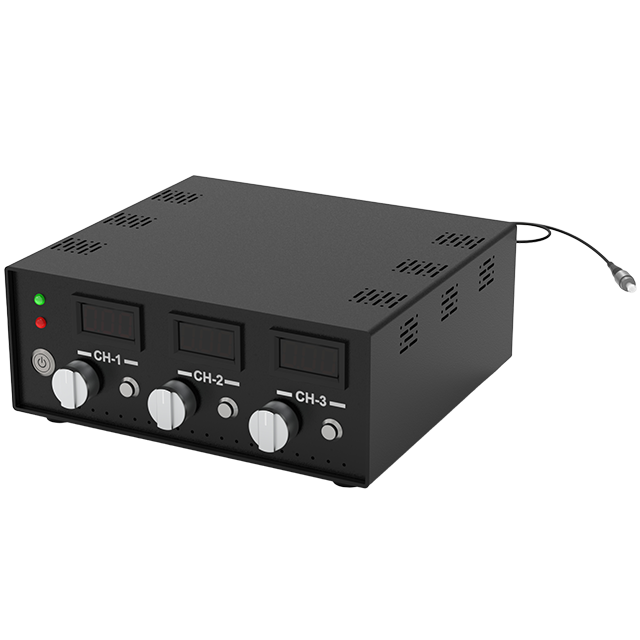激光系统
VLFL-405 Series Fiber-Coupled Laser Systems
An integrated laser system with "full power coverage and multi-scenario adaptation"
- Fully integrated system design, plug-and-play
- High-precision performance control with excellent stability
- Strong scene adaptability and flexible customization
- Long lifespan and low maintenance, with low usage cost
VLFL-450 Series Fiber-Coupled Laser Systems
An integrated laser system that is "exclusive to the near-ultraviolet to blue light band, covers full power range (30~3500mW), and supports multi-scenario customization"
- High integration and ease of use
- High-precision performance control
- Strong customization and wide adaptability
- Long service life and low maintenance cost
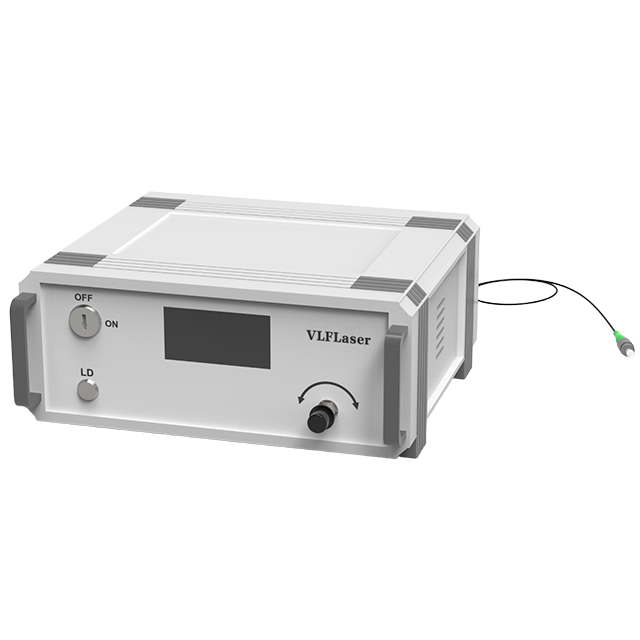
VLFL-450 Series Fiber-Coupled Laser Systems
Venuslab生产研发的高稳定性光纤传输激光器系统,性能优异,品质可靠!
匹配专用调制模块,高精度驱动电源,该系列激光器功率可定制,TEC温度控制、
风冷可按需定制;尺寸、连接器等客户均可选择,操作简便,免维护,寿命长。
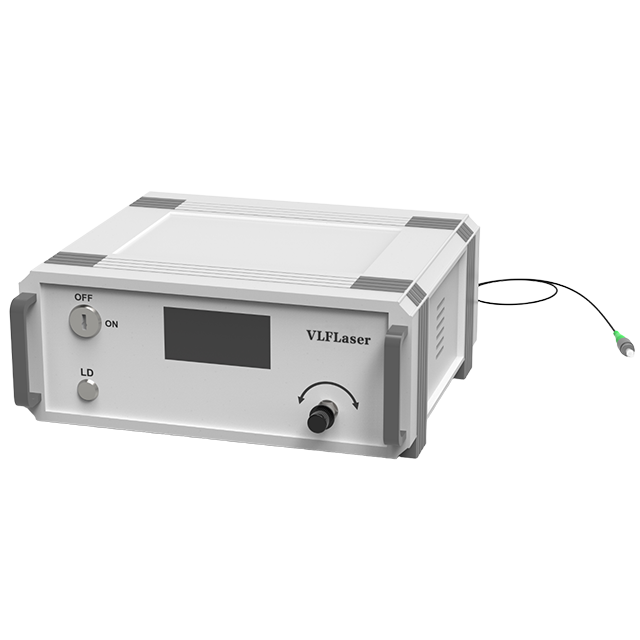
VLFL-450 Series Fiber-Coupled Laser Systems
- Multimode Fiber (MF), core diameter 50/100/200μm (optional), numerical aperture 0.22, interface FC/SMA905/SC/ST (optional)
- 450nm low-power multimode basic model, suitable for regular blue light detection and low-energy excitation scenarios (such as fluorescent labeling experiments)
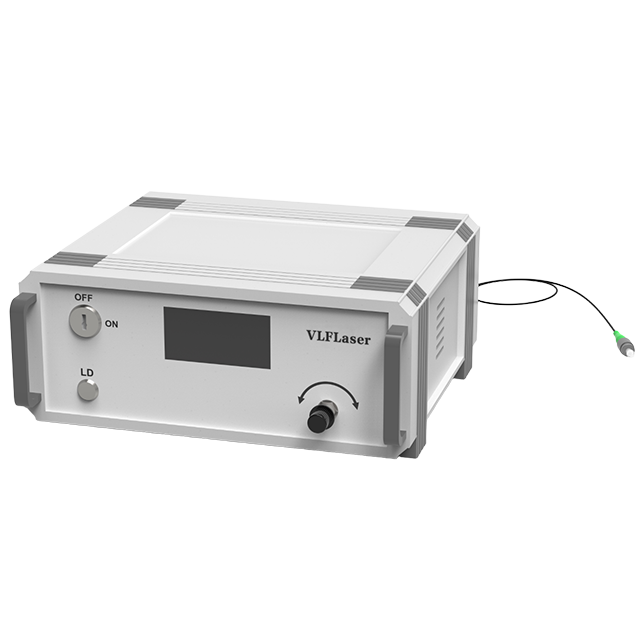
VLFL-450 Series Fiber-Coupled Laser Systems
- Polarization Maintaining Fiber (PM), core diameter 3.5μm (fixed), numerical aperture 0.12, interface FC/SMA905/SC/ST (optional)
- 450nm low-power polarization-sensitive model, with 16dB extinction ratio to maintain stable laser polarization state, suitable for polarization-dependent experiments

VLFL-450 Series Fiber-Coupled Laser Systems
- Single-mode Fiber (SF), core diameter 3.5μm (fixed), numerical aperture 0.13, interface FC/SMA905/SC/ST (optional)
- 450nm low-power, high-beam-quality model, with single-mode fiber outputting Gaussian spot, suitable for high focusing precision scenarios (such as confocal microscopy)
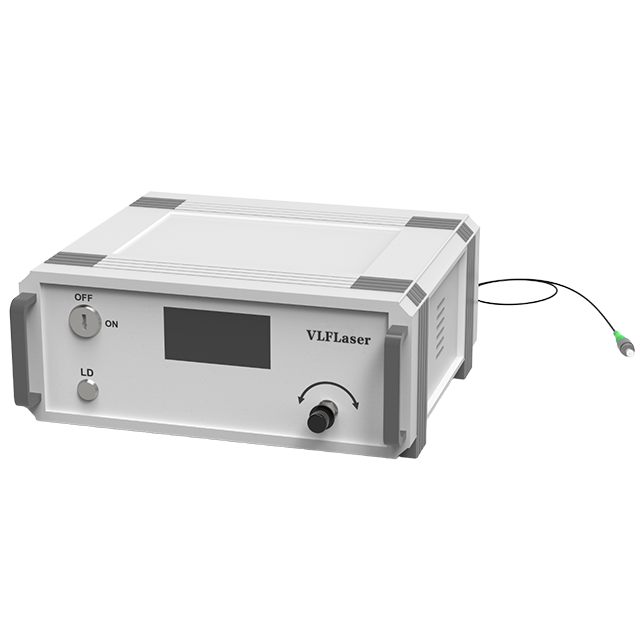
VLFL-450 Series Fiber-Coupled Laser Systems
- Multimode Fiber (MF), core diameter 50/100/200μm (optional), numerical aperture 0.22, interface FC/SMA905/SC/ST (optional)
- 455nm ultra-high power multimode model, the power ceiling of the series, suitable for high energy density demand scenarios (such as high-power 3D printing, material surface modification)
Three-wavelength multimode fiber white light laser system
A professional-grade white light laser system featuring "three-wavelength integration, high customization, and compact design"
- Three-wavelength integrated design, adapting to multi-band coordination requirements
- Fiber parameters are highly customizable, with strong scene adaptability
- Software control + high stability, with convenient operation and reliable results
- Compact integration + wide environmental adaptability, flexible deployment
Four-In-One Fiber-Coupled Laser System
A professional-grade laser system featuring "four-band integration, single-mode high beam quality, and compact design"
- Four-band integrated design simplifies the deployment of multi-wavelength scenarios
- Single-mode fiber offers high beam quality, suitable for precision scenarios
- High stability + intelligent control, ensuring reliable data and convenient operation
- Compact integration + wide environmental adaptability, flexible deployment

Four-In-One Fiber-Coupled Laser System
Based on wavelength characteristics and parameter matching scenarios:
Optogenetic experiments: The 405nm near-ultraviolet band can activate specific light-sensitive channel proteins (such as certain rhodopsin proteins), and 450nm blue light can activate commonly used light-sensitive proteins like ChR2, which is suitable for research on neural cell light control in universities and research institutions.
Multicolor fluorescence imaging: 450nm (blue light), 520nm (green light), and 638nm (red light) can respectively excite different fluorescent dyes (such as FITC, Cy3, Cy5) for multi-label fluorescence imaging of biological tissues, suitable for medical research and cell biology research scenarios.
Near-ultraviolet-visible light material detection: 405nm near-ultraviolet can be used for material ultraviolet absorption spectrum analysis, and 450~638nm visible light can be used for material reflection/emission spectrum detection, suitable for characteristic research on photosensitive materials and semiconductor materials in material science laboratories.
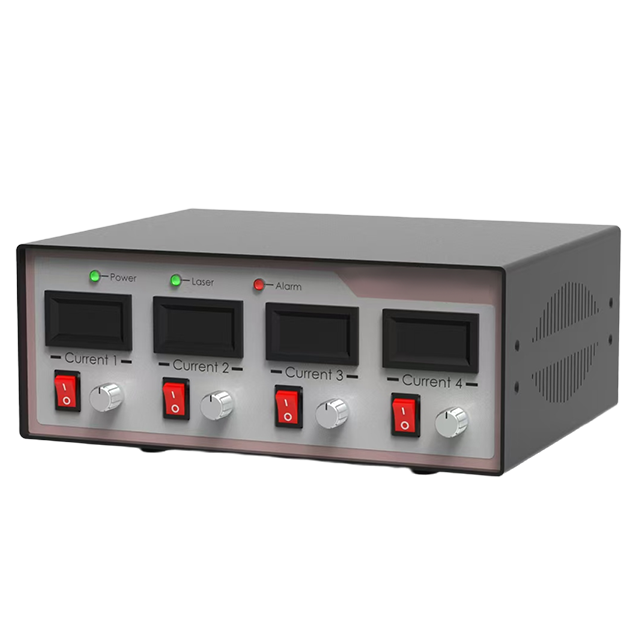
Four-in-one fiber-coupled laser system
Based on wavelength characteristics and parameter matching scenarios:
Raman Spectroscopy Analysis: The 785nm near-infrared band can suppress sample fluorescence interference, making it suitable for qualitative and quantitative Raman spectroscopy detection of organic compounds, biological tissues (such as tumor sections), and food components in research institutions and testing organizations.
Deep Biological Imaging: The 785nm near-infrared light has a better penetration depth in biological tissues than visible light, and can be used for multi-band imaging research of deep tissues (such as subcutaneous tissues), which is suitable for biomedical research scenarios.
Visible Light Fluorescence Detection and Material Analysis: 488nm (blue light), 520nm (green light), and 638nm (red light) can excite conventional fluorescent dyes, and are used in in vitro diagnostic equipment (such as immunofluorescence detection) and reflection/absorption spectrum analysis in the visible light band in materials science.
